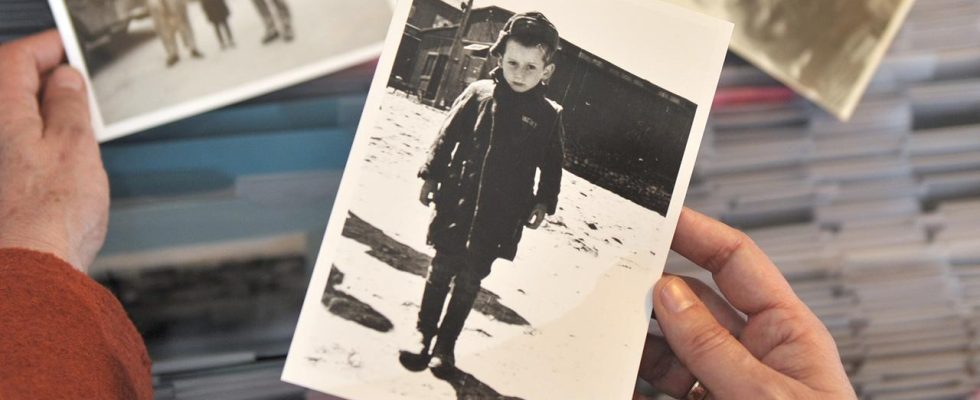He was sent to the Buchenwald concentration camp when he was only three years old, but was saved from murder by fellow prisoners. Stefan Jerzy Zweig later became famous as the “Buchenwald Child” in the novel “Naked Among Wolves”. Now he died at the age of 83.
Holocaust survivor Stefan Jerzy Zweig, known for the successful novel “Naked Among Wolves”, is dead. The man, who was saved from murder by other inmates in the Buchenwald concentration camp as a toddler, died on February 6th in Vienna at the age of 83 , as the German Press Agency learned. The Austrian magazine “Profil” had previously reported on the death of the man, whose story served as the basis for several books and television films.
Zweig was born on January 28, 1941 in Kraków. He spent the first years of his life in the city’s Jewish ghetto. During an eviction and killing operation in the ghetto, his father Zacharias Zweig had the two-year-old child anesthetized by a doctor and hid him in a backpack. The boy was sent to a forced labor camp along with his father, mother and his older sister.
Family murdered by Nazis
When Zweig was three years old, the family was separated. His mother and sister were sent to their deaths in the German concentration camp Auschwitz. The little boy and his father were taken to Buchenwald. There, Zweig survived with the help of his father and under the care of political prisoners.
Bruno Apitz, himself a Buchenwald survivor, created a literary monument to the boy and his rescuers with the novel “Naked Among Wolves.” The book, published in 1958, became school reading material and a bestseller in the GDR. Zweig also became known as the “Buchenwald Child” because of the multiple film adaptations of the novel. However, Zweig only found out about the book through a film adaptation in 1963.
Saved from Auschwitz by chance
Decades later, the question of how Zweig was saved from being transported to the Auschwitz concentration camp led to debates. He was removed from the transport list at the last moment and a 16-year-old Sinto boy named Willy Blum was sent to his death with the list number intended for Zweig.
In a documentation of an exhibition on Youth in the Buchenwald concentration camp It is said that Zweig’s father gave him a fever-inducing drug to save him – the toddler was then declared unfit for transport. In trials, Zweig defended himself against representations that he only owed his life to the death of another.
“Victims of the Nazis”policy of extermination”
Historical research has now revealed that Blum volunteered shortly before the transport to accompany his little brother to Auschwitz.
On the side of Central Council of Sinti and Roma It says that the idea of a “victim swap” was “misguided in that Blum himself volunteered for transport to Auschwitz, aware of the consequences, so as not to leave his younger brother alone.” Both Zweig and the murdered Blum were victims of the National Socialists’ inhumane ideology and extermination policy.

